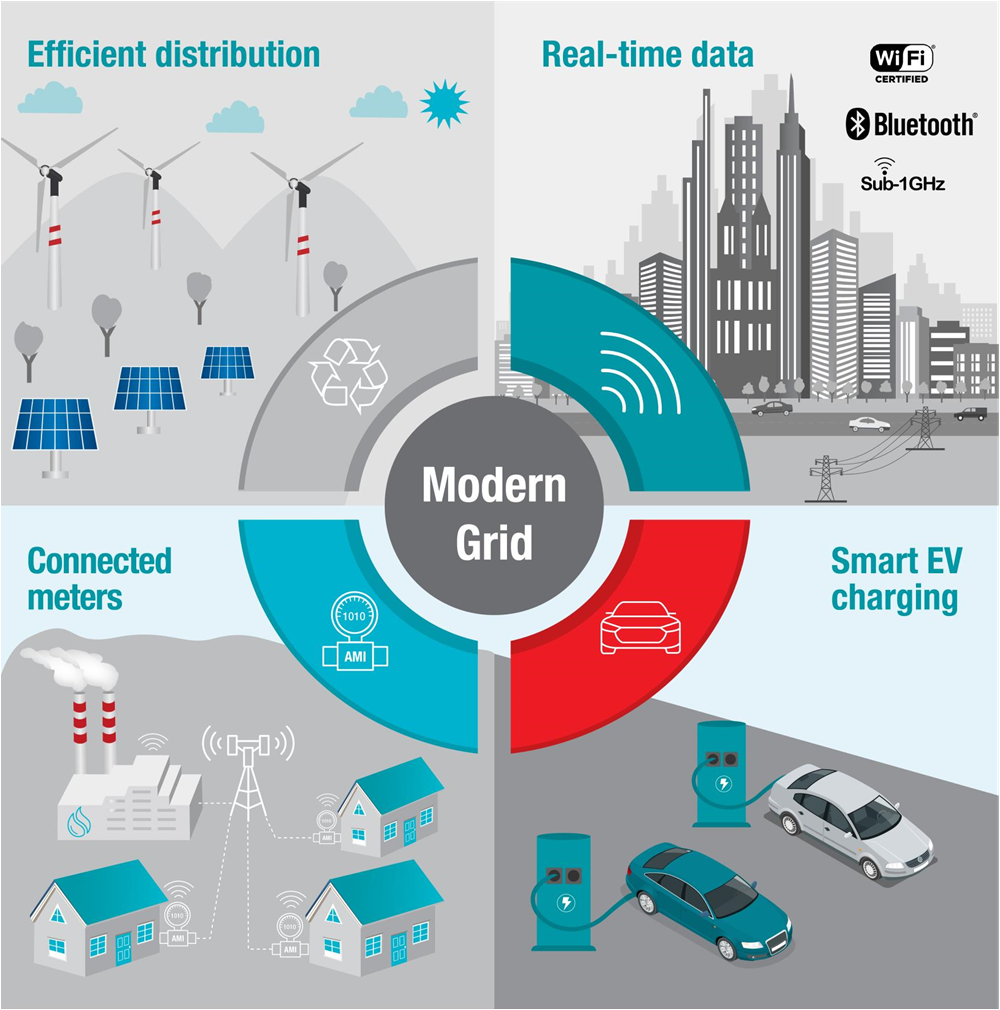SLYY148B january 2019 – april 2023

The distribution network that connects generating plants to homes, buildings, factories, vehicles, cities and other sectors continues to require upgrades for reliability and resiliency. By employing advanced, connected sensors in generation, transmission and distribution, grid operators can monitor health and safety needs, optimize old and costly assets, detect faults and increases in demand, and restore power more quickly during an outage.
Data from grid assets gives operators greater insight into infrastructure performance, including different generation mixes, environmental conditions or security risks. Smart grid sensors enable the remote monitoring of equipment such as transformers and power lines, and facilitate demand-side resource management. Smart grid sensors can also monitor weather events and power-line temperatures in order to calculate a line’s carrying capacity. A variety of wired and wireless protocols such as industrial Ethernet, RS-485, Controller Area Network and Wireless Smart Utility Network (Wi-SUN) can communicate the information gathered by the sensors.
On the load side, smart meters help consumers ease the migration toward more renewable energy solutions in their homes as well as for charging their EVs. Smart meters can also help consumers make better choices based on energy needs and sources. And in other cases, such meters can help monitor for bidirectional charging, such as when homes or cars return energy to the grid.
What was once a network of electromechanical systems with minimal feedback and passive loads has become highly automated and driven by intelligent devices and modernization strategies. The result is a more interconnected power delivery network – from generation to transmission and from distribution to end use – integrating distributed energy resources and ensuring greater grid reliability and resiliency.